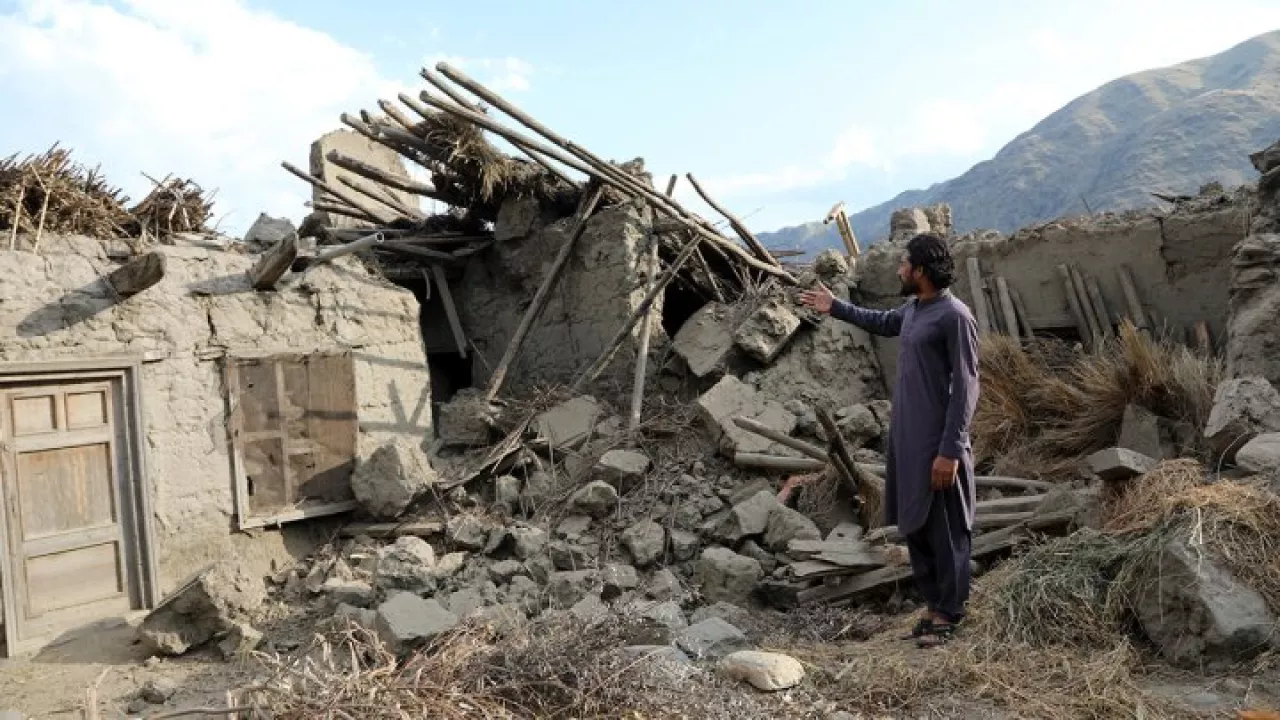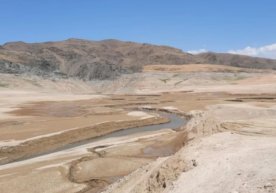
At least 20 people were killed and more than 320 others were injured of varying degrees as a result of a powerful earthquake in northern Afghanistan. According to representatives of the local Ministry of Health, as rescue operations continue, the number of casualties may rise.
The epicenter of the quake was located near the city of Mazar-i-Sharif, and tremors were felt across large areas of Central Asia, including Uzbekistan, Tajikistan, and Kazakhstan. Seismological services provided varying data about the magnitude of the natural disaster.
The United States Geological Survey assessed the earthquake at a magnitude of 6.3, while according to the Republican Seismoprognostic Monitoring Center of Uzbekistan’s Ministry of Emergency Situations, the earthquake’s epicenter in the Samangan province of Afghanistan, at an estimated depth of 30 kilometers, reached a magnitude of 6.8. The greatest damage was recorded in the Afghan provinces of Balkh and Samangan.
The earthquake affected not only residential buildings but also historical sites. According to local media reports, the famous Blue Mosque in Mazar-i-Sharif was partially damaged.
Some parts of the external facade, including decorative tiles and sections of the minarets, collapsed, but according to preliminary information, the main structures were not damaged. A landslide occurred in the mountains, blocking part of the Balkh – Samangan highway, complicating rescuers' access to the affected areas.
The population of Uzbekistan also felt the effects of this earthquake. According to the Ministry of Emergency Situations of the Republic, the strongest tremors were recorded in Surkhandarya region, where they reached 5 points.
In Kashkadarya region, tremors reached 3-4 points, and in Samarkand, Jizzakh, Navoi, Bukhara, and Syrdarya regions, they amounted to 3 points. In Tashkent, the strength of the quake did not exceed 2-3 points.
According to official data, no casualties or destruction were recorded within the territory of Uzbekistan. The tremors were also felt in southern Kazakhstan and some regions of Tajikistan, causing concern among the population.
This is not the only destructive earthquake to have struck Afghanistan in recent times. Earlier this year, at the beginning of September, a magnitude 6 earthquake near the eastern border with Pakistan claimed the lives of more than 600 people.
Afghanistan is located in one of the most seismically active regions on Earth, at the intersection of the Eurasian and Indian tectonic plates. The movement of these plates frequently causes devastating earthquakes in the region, particularly in the Hindu Kush mountain area.
Users of Меҳмон are not allowed to comment this publication.













